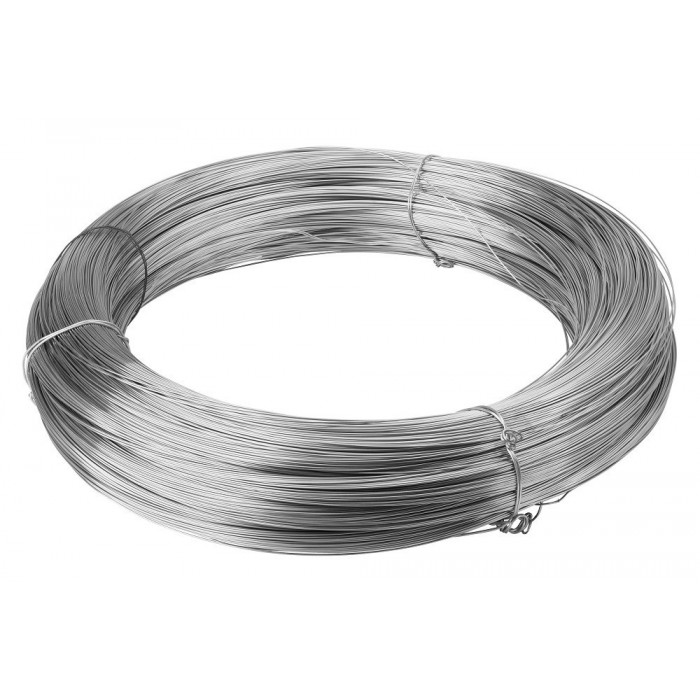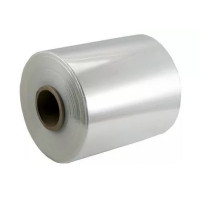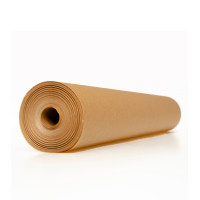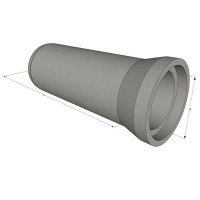Fechral wire Х23Ю5, Х23Ю5Т 2.1-10.0 mm is used in the same areas as nichrome wire, but due to the absence of nickel, its price is lower. Fechral withstands fewer heating cycles, but the maximum operating temperatures are higher than those of nichrome wire and reach 1400 degrees. Fechral wire scopes are electric heating elements for all industries, household appliances and thermal devices.
Characteristics:
GOST 12766.1 - 90
Brand: X23Yu5, X23Yu5T
Melting point: 1500°C
Cr content: 21.5 - 24.0%
Fe content: 72.2 - 72.7%
Delivery form: wire
Diameter: 0.2 - 2.0 mm
Fechral wire is obtained from an alloy, the main components of which are iron, chromium, aluminum, manganese and silicon additives. It is used to produce heating elements used in household appliances and industrial electric furnaces. The main components are made from fechral wire, which are installed in convection heaters, heat guns, hair dryers, rheostats, resistors and resistance units. The main advantages of this material are its high melting point and increased electrical resistivity.
Properties of fechral wire grades Kh15Yu5 and Kh23Yu5T
Fechral is an ideal alloy, characterized by high heat resistance (withstands temperatures up to 1450 ° C) and significant ohmic resistance, the value of which is 1.2-1.3 Ohm × mm2 / m and remains unchanged when heated. Due to these properties, the alloy has become indispensable in the manufacture of heating elements. In addition, fechral wire has other advantages, such as:
high anti-corrosion properties in various environments;
low specific gravity - 7.2 g / cm3;
a large aisle of fluidity;
high resistance to mechanical stress;
relatively low cost.
Has fechral wire and disadvantages. These include brittleness, which affects the production of tape and wire of small diameter from this alloy and complicates the manufacturing process itself. This disadvantage is eliminated with the help of nickel or similar additives. The introduction of additives into the composition of the alloy affects its final cost - it increases.
Features of marking fechral wire
Fechral wire is marked depending on its main purpose using the following letters:
H - heating elements;
C - elements of resistance;
TEN - elements of tubular electric heaters.
As for the diameter of the fechral wire, it is represented by a number of standard values ranging from 0.1 to 10 mm.
Features of the production of fechral wire
Since the alloy is brittle, it is not possible to produce wire by cold working. Thread drawing is carried out in accordance with special energy-intensive technologies, which are reflected in the bed price of rolled metal. In most cases, fechral wire is produced by drawing or pressing. Such material is shipped in coils or coils. The industry's demand for fechral wire is significant. The material has advantageous consumer properties, excellent technical characteristics and at the same time its cost remains relatively low. Fechral is gradually replacing nichrome. The properties of the alloys are practically the same, but the reduction in the cost of the first is due to the introduction of aluminum into its composition, instead of expensive nickel. As for the price of fechral wire, it directly depends on the diameter of rolled metal.
Fechral (kantal) is a precision iron-based alloy, consisting of the following elements: Cr (12-27%); Al (3.5–5.5%); Si (1%); Mn (0.7%); the rest is Fe.
It is a hard, brittle alloy, difficult to machine, has a high electrical resistivity of 1.2–1.3 μΩ m (1.2–1.3 Ω mm²/m). Density 7100-7300 kg/m³, melting point about 1450 °C. Maximum operating temperature 1400 °C (for Kanthal A1[1]).
Resistant to oxidation in air at high temperatures.
It is used for the manufacture of heating elements of powerful electric heating devices for industrial and technological furnaces, starting and braking resistors for electric locomotives, multiple unit rolling stock, in electronic cigarettes as a heating element.
After its first (after manufacture) heating to 350-400 ° C, it becomes brittle due to recrystallization. After heating, a wire with a diameter of 0.5-1 mm breaks easily, forming an uneven fracture.
Available in the form of wire, rods, tapes, plates.
Fechral wire is produced by cold drawing without preliminary heating of the blanks. This method makes it possible to obtain a cold-drawn wire, which is then annealed, which increases its softness. The following stages of production: The surface is pickled to remove dirt. The wire is wound on coils or coils. Finished products are labeled and packaged. Products fromloaded to the customer. The thread is drawn using a special technology using energy-intensive and high-precision equipment, which increases the final cost of a thin wire with a diameter of up to 0.1 mm.
The main property that characterizes alloys and Fechral wire is the resistance to electricity, equal to 1.39 μOhm * m. Due to this parameter, the alloy is widely used to create various heating elements. Fechral has certain anti-corrosion properties: it is resistant to oxidation even when exposed to sulfur compounds, which is important for the metallurgical industry. In terms of hardness, the Fechral alloy is comparable to mild steel. The parameter ranges from 20 to 25 units on the Rockwell scale. Low tensile strength - about 735 MPa - leads to a decrease in ductility. For most grades of wire, the tensile elongation does not exceed 16%. The brittleness of the wire depends largely on these properties. For this reason, fechral spirals are wound after heating the metal to 300-400 degrees. Fechral alloy withstands high temperatures, which allows you to save its properties when working up to 1400 degrees. The situation changes somewhat with a temperature load, that is, the heater is turned on and off. Such stresses, superimposed on the increase in the volume of the metal and brittleness, lead to the appearance of cracks. This reduces the service life of fechral by several times under conditions of cyclic temperature changes.
Field of application Fechral wire is used in the production of heating elements, resistance parts and tubular heaters. The main direction is the production of heating electric furnaces of various capacities. The grade of Fechral alloy used and the diameter of the wire affect the operating temperature of the furnace. The most heat-resistant alloy is Fechral Kh23Yu5T. The maximum temperature to which a wire with a diameter of 6 mm is heated is 1400 degrees. Fechral wire is used for the production of resistive elements for electrical equipment. Due to their properties and technological characteristics, fechral thread and wire are used in various industries, gradually replacing expensive and inferior nichrome.
You can buy Fechral wire Х23Ю5, Х23Ю5Т 2.1-10.0 mm from us at the best price in Ukraine. A wide range of products allows us to quickly and efficiently fulfill any order, helping to complete any construction work on time.
No questions about this product, be the first and ask your question.




